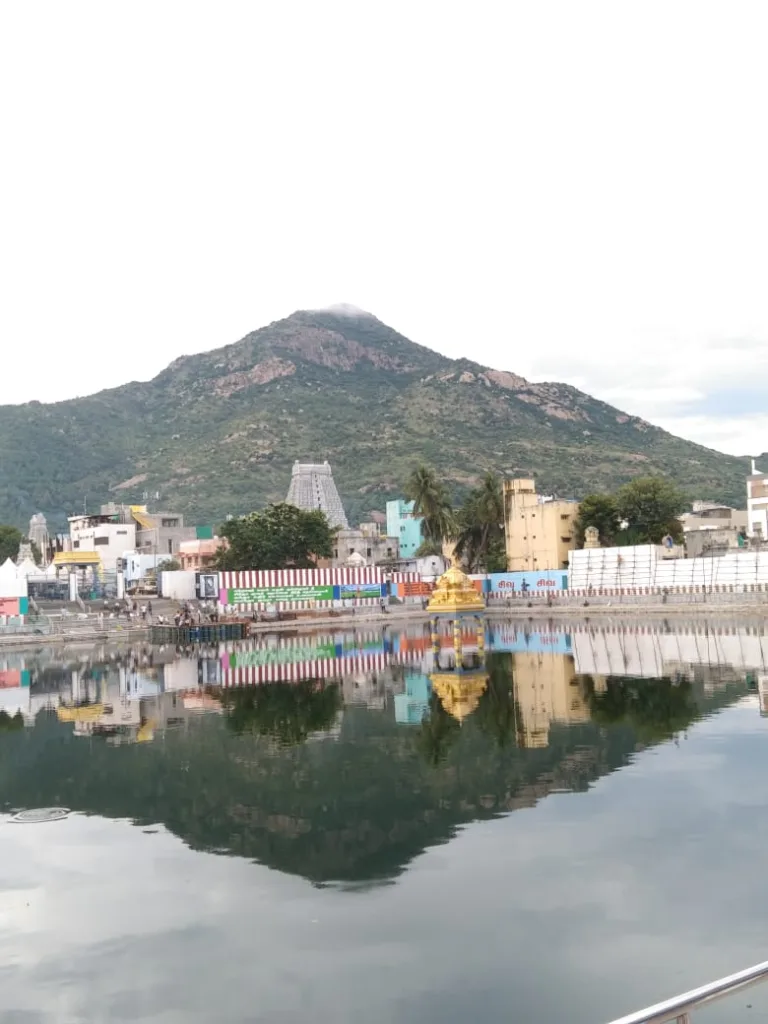Nestled in the Villupuram district of Tamil Nadu, Gingee Fort is an extraordinary testament to India’s rich and diverse history. Dubbed the “Troy of the East” by the British, this fortress boasts an intricate blend of military strategy, architectural brilliance, and cultural significance.
But what makes Gingee Fort truly fascinating? Its impenetrable walls? Its storied past? Or the breathtaking vistas from its hilltop vantage points? This blog uncovers the lesser-known facets of this mighty fortress, providing insights that will leave you eager to visit and share its legacy.
Table of Contents
Historical Overview
Gingee Fort, also known as Senji Fort, dates back to the 9th century AD when it was built by the Chola dynasty. Over the centuries, it changed hands among several rulers, including the Vijayanagara Empire, Marathas, Mughals, and the British.
Each ruler left their mark on the fort, enhancing its defensive capabilities and architectural grandeur. The fort’s strategic location atop three hills—Rajagiri, Krishnagiri, and Chandrayandurg—made it nearly impossible to conquer.
Architectural Marvels
Gingee Fort is not just a military stronghold; it’s a masterpiece of medieval architecture.
1. Rajagiri Fort
- The highest of the three hills, Rajagiri houses the King’s Palace, Kalyana Mahal, and various temples.
- The view from the top is breathtaking, providing a panoramic glimpse of the surrounding landscape.
2. Kalyana Mahal
- Known for its pyramidal tower, this building served as a royal residence and banquet hall.
- Its distinctive architecture is a mix of Indo-Islamic styles, showcasing the fort’s cultural amalgamation.
3. Granaries and Secret Passages
- The fort is equipped with massive granaries to store food supplies during sieges.
- Underground tunnels and secret passages add an air of mystery, sparking curiosity about their purpose.

Military Prowess
Gingee Fort was designed to withstand prolonged sieges. Its double-layered walls, strategically placed watchtowers, and moats made it a formidable defensive structure.
Key Features:
- Hilltop Citadels: Each hill serves as a self-contained fortress with its own defenses.
- Water Reservoirs: Ingenious water management systems ensured a steady supply of water.
- Trap Doors and Gates: Built to deceive and ambush invaders.
Legends and Folklore
Every stone of Gingee Fort whispers tales of bravery, betrayal, and resilience.
- The Curse of the Queen: According to legend, a queen who was betrayed within the fort cursed it to remain unconquerable forever.
- Unfinished Battles: Stories abound of ghostly soldiers patrolling the walls, ensuring the fort’s perpetual vigilance.
Exploring Gingee Fort Today
How to Reach
Gingee Fort is located approximately 160 km from Chennai and 90 km from Puducherry. It is well-connected by road and makes for an excellent day trip.
Best Time to Visit
The ideal time to visit is during the winter months (November to February) when the weather is pleasant.
What to Carry
- Comfortable shoes (there’s a lot of climbing involved!)
- Water bottles and snacks
- A camera to capture the stunning landscapes
Nearby Attractions: Expand Your Spiritual Journey
While Gingee Fortis a focal point, there are several other sites in Tiruvannamalai that merit exploration:
Sri Ramanasramam: This ashram, located at the foot of Arunachala Hill, is the primary destination for devotees of Sri Ramana Maharshi. The ashram serves as a center for meditation and spiritual retreats.
Arunachaleswarar Temple: One of the largest and most significant temples dedicated to Lord Shiva, it is a must-visit for those coming to Tiruvannamalai.
Skandasramam: A short trek from Virupaksha Cave, this cave was another important retreat for Sri Ramana Maharshi. It offers a similarly serene atmosphere for meditation.
For more information contact us: 9488 361 129
Why Gingee Fort Stands Out
- A Living Chronicle of History
- Unlike many forts, Gingee remains largely intact, offering a real sense of its historical grandeur.
- Scenic Beauty and Adventure
- The climb to the top of each hill is a thrilling adventure, rewarding visitors with unparalleled views.
- Rich Cultural Heritage
- The fort reflects the cultural influences of various dynasties, making it a vibrant tapestry of history.
FAQs about Gingee Fort
Why is Gingee Fort called the 'Troy of the East'?
The British named it so because of its near-impenetrable defenses, likening it to the legendary city of Troy.
How long does it take to explore Gingee Fort?
It typically takes 4-5 hours to explore all three hill forts thoroughly
Are there any guided tours available?
Yes, local guides offer insightful tours, sharing fascinating stories and historical facts.
What are the visiting hours?
Gingee Fort is open to visitors from 9:00 AM to 5:00 PM.
Is it safe for solo travelers?
Absolutely! The fort is a popular tourist destination with a safe and welcoming environment.
Conclusion
Gingee Fort is more than a historical site; it’s a journey through time and a testament to human ingenuity. From its awe-inspiring architecture to its thrilling legends, the fort offers something for everyone—history buffs, adventure seekers, and spiritual wanderers alike.
Plan your visit to this incredible fortress and experience firsthand why it continues to captivate the imagination of all who step through its ancient gates.
